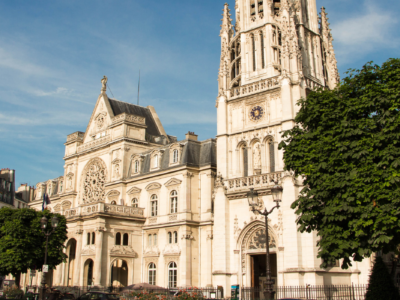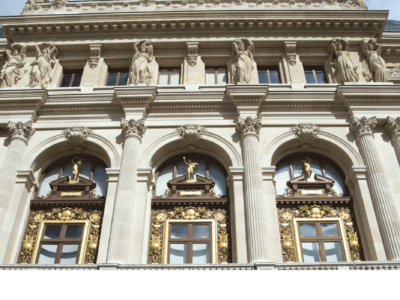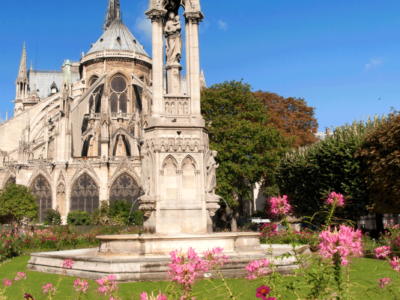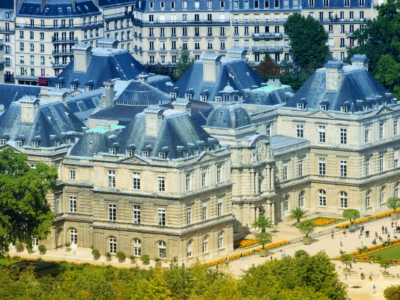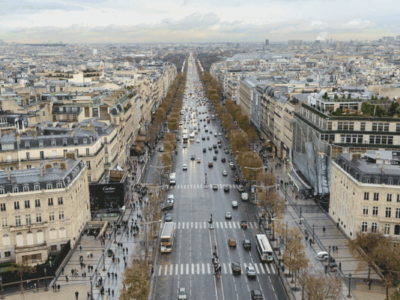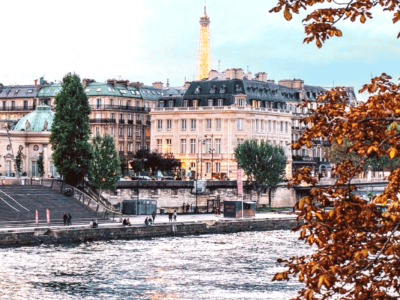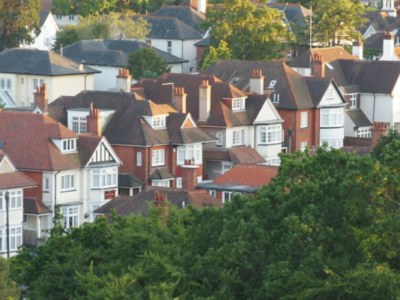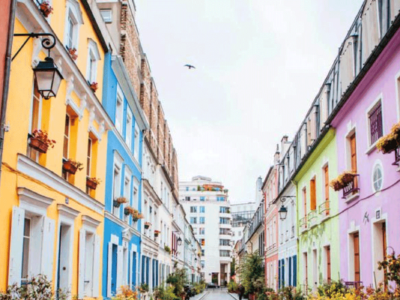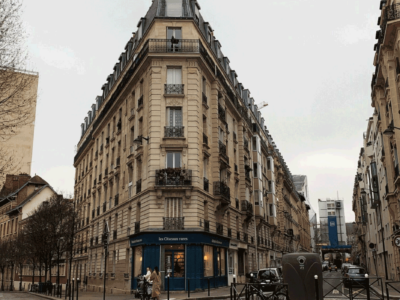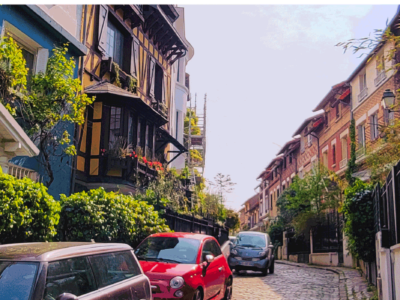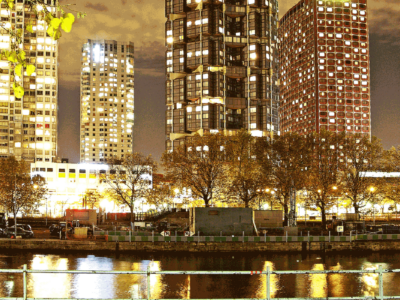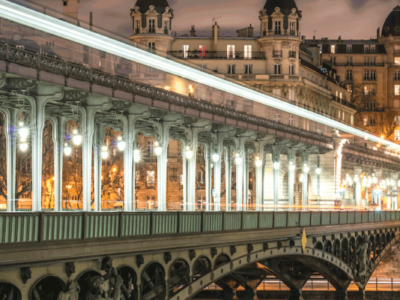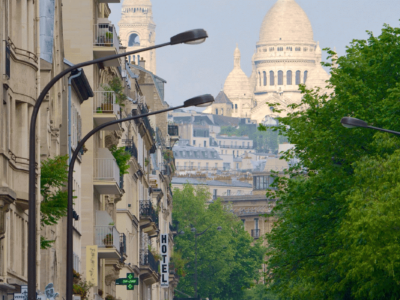Exploring All the Paris Arrondissements
Paris, also known as the “City of Lights,” is renowned for its landmarks, including the Eiffel Tower, Arc de Triomphe, and Notre Dame. However, beyond these famous tourist attractions lies a diverse array of neighborhoods and districts that make up the city’s arrondissements. Each arrondissement has its unique character, history, and culture, making them worth exploring for those who want to experience the true essence of Paris.
What are the Paris arrondissement, and why are they important?
Understanding the concept of arrondissements is key to comprehending the layout of Paris. An arrondissement is an administrative district similar to a borough or a neighborhood. Paris is divided into 20 arrondissements, numbered from 1 to 20 in a clockwise spiral, starting from the city’s center.
The arrondissements are not just mere administrative units; they play a significant role in Parisian life. Each district has its own character, attractions, and history, making it a must-visit destination for anyone exploring the city.
The Premier Arrondissement: Ile de la Cité and Ile Saint Louis
The Ile de la Cité, located in the, is the historic heart of Paris. It is home to the Hôtel de Ville, Town Hall, and the famous Notre Dame Cathedral. The island is also home to the Gothic Sainte Chapelle, a 13th-century palace chapel, and the Palais de Justice, the oldest palace in Paris. Visitors can also stroll along the Seine River and see the famous Pont Neuf Bridge, the oldest standing bridge in Paris.
The Latin Quarter: Saint Germain des Prés and the Musée des Arts
The Latin Quarter, located in the fifth arrondissement, is known for its lively student atmosphere and association with the French Revolution. The area is home to the famous Sorbonne University and the Panthéon, a famous mausoleum and national monument. Visitors can also explore the charming Place de la Bastille, the site of the French Revolution, and the Place de la Madeleine, a beautiful square with a stunning church.
The Marais: Le Marais and the Place des Vosges
Le Marais, located in the third and fourth arrondissements, is one of the most popular neighborhoods in Paris. The area is known for its beautiful architecture, vintage shops, and trendy cafes. Visitors can also explore the Musée des Arts et Métiers, a museum dedicated to science and technology, and the Place des Vosges, a beautiful square with elegant houses. The neighborhood is also home to the Hotel de Sens, one of the oldest buildings in Paris.
The Right Bank: The Eiffel Tower and the Arc de Triomphe
Constructed in 1889 for the World Fair, the Eiffel Tower is a tall, wrought-iron lattice structure that stands at a height of 324 meters. It is the world’s most popular paid attraction, receiving over 7 million visitors each year. Tourists have the option to take an elevator to the summit of the tower to enjoy a panoramic view of Paris or opt for a more strenuous experience by climbing the stairs. The Eiffel Tower is also a popular spot for romantic picnics and proposals.
The Arc de Triomphe, built between 1806 and 1836, is a triumphal arch that stands 50 meters tall and 45 meters wide. It is located at the center of Place Charles de Gaulle, at the western end of the Champs-Élysées. The Arc de Triomphe symbolized French military victories and honored those who fought and died for France, particularly during the Napoleonic Wars. Visitors can ascend the Arc de Triomphe for a view of the city, including a panoramic view of the Champs-Élysées.
The Left Bank: Saint Germain and the Luxembourg Gardens
The Left Bank of Paris offers a unique and charming experience to visitors. The neighborhood of Saint Germain and the Luxembourg Gardens are must-see attractions that glimpse Paris’s history, culture, and lifestyle. Both offer visitors a chance to soak in the beautiful architecture, art, and gardens while enjoying a cup of coffee or a stroll in one of the city’s most picturesque areas.
The Centre: The Louvre Museum and the Rue Montaigne
Over 380,000 works of art. The museum is situated in the Louvre Palace, which was originally constructed as a fortress in the 12th century and later used as a royal palace. Famous pieces like the Mona Lisa, Winged Victory of Samothrace, and Venus de Milo can be viewed by visitors. The Louvre is a highly popular museum, with over 10 million visitors each year.
Another popular attraction in the Centre is the Rue Montaigne. This famous street is known as one of the most exclusive shopping destinations in the world. It is home to luxury fashion brands such as Chanel, Dior, and Yves Saint Laurent. The street is also home to some of the most prestigious hotels in Paris, such as the Plaza Athénée and the George V. It is a popular spot for celebrities and the elite.
The Southwest Paris: The Bois de Boulogne and the Parc des Buttes Chaumont
The Bois de Boulogne is the second-largest park in Paris. It is a well-frequented location for both local and foreign visitors. It features a lake, a small amusement park, a zoo, and sports facilities, including a racecourse. The park is also home to the Jardin d’Acclimatation, a children’s amusement park, and a botanical garden. Visitors can also enjoy boat rides on the lake, horseback riding, and bike rentals.
Another popular park in the Southwest of Paris is the Parc des Buttes-Chaumont. This park is known for its beautiful gardens and panoramic city views. The park features a large lake, a waterfall, and a rocky island accessible by a suspension bridge. The park also has a playground and a puppet theater, making it a popular spot for families with children. Visitors can also enjoy a picnic on one of the park’s many lawns or take a leisurely stroll around the park’s many paths.
The Northeast: The Gare du Nord and the Canal Saint Martin
The Canal Saint Martin, located in the tenth arrondissement, is a trendy neighborhood known for its charming cobblestone streets, vintage shops, and street art. Visitors can also stroll along the Canal de l’Ourcq and admire the private mansions and boats. The area is also home to the Gare de l’Est and Gare du Nord, two of the main train stations in Paris.
Located in the 19th arrondissement, the Parc de la Villette is a large park that is famous for its cultural and scientific events and programs. The park is home to the Cité des Sciences et de l’Industrie, the largest science museum in Europe, the Philharmonie de Paris, a concert hall, and the Zénith, a concert venue. Visitors can also explore the Asian Markets and enjoy the lively atmosphere of the neighborhood.
The Left Bank: Saint Germain and the Luxembourg Gardens
Saint Germain des Prés, located in the sixth arrondissement, is a chic neighborhood known for its art galleries, luxury shops, and cafes. Visitors can also explore the Luxembourg Gardens, and the Bois de Vincennes, two of the largest parks in Paris. The area is also home to the famous Café de Flore and Les Deux Magots, two of the oldest cafes in the French capital.
Conclusion: Discovering the Unique Paris Districts and Neighborhoods
The many unique neighborhoods and districts of Paris’s arrondissements are well worth exploring for those who want to experience the true essence of the French capital. Each arrondissement has its own distinct charm and character. Whether you’re interested in history, culture, shopping, or simply enjoying the local Parisian life, there’s something for everyone in the arrondissements of Paris.
FAQ
What is the best arrondissement to stay in Paris?
The best arrondissement to stay in Paris depends on your individual preferences and the purpose of your trip. Some of the most popular arrondissements for visitors include the 1st, 4th, and 6th arrondissements, as they offer a central location, easy access to major landmarks, and a wide range of dining and shopping options.
The best arrondissement to stay in Paris is the one that best fits your budget and personal preferences.
What is the best place to stay in Paris close to everything?
The best place to stay in Paris close to everything would be in the central arrondissements such as the 1st, 2nd, 4th and 8th. These areas are centrally located and close to many of Paris’s famous landmarks and attractions, such as the Louvre Museum, Notre-Dame Cathedral, the Champs-Elysées, and the Eiffel Tower.
Staying in these areas also allows easy access to public transportation, making it easy to explore the rest of the city. Additionally, these areas are known for their abundance of hotels and accommodation options, so you can find a place that fits your budget and preferences.
If you want to stay close to everything, it’s best to consider staying in one of these central arrondissements in Paris. You’ll be close to all the main attractions, have easy access to public transportation, and have a wide range of accommodation options.
Which is the nicest arrondissement in Paris?
When determining the nicest arrondissement in Paris, it can be subjective as each arrondissement has its unique charm and appeal. However, some of the most popular and highly sought-after arrondissements include:
- The 6th arrondissement: Known for its picturesque streets, luxury boutiques, and proximity to the Luxembourg Gardens. This arrondissement is home to many of the city’s most prestigious schools and universities and has a strong literary and artistic heritage.
- The 7th arrondissement: Known for its grand architecture, upscale restaurants, and proximity to the Eiffel Tower and the Musée d’Orsay. This arrondissement is also home to many embassies and official residences, giving it a sense of grandeur and prestige.
- The 16th arrondissement: Known for its upscale residential neighborhoods, beautiful parks and gardens, and proximity to the Bois de Boulogne. This arrondissement is one of the most exclusive and affluent areas in Paris.
Ultimately, the nicest arrondissement in Paris will depend on your individual preferences and priorities. It’s best to research and compare different areas before making a final decision.
How many districts are there in Paris?
Paris is divided into 20 arrondissements (districts) numbered 1 to 20 in a clockwise spiral shape, starting from the city’s center. Each arrondissement has a unique character, history, and attractions, making it a diverse and exciting city to explore.
The arrondissements are named by their number, for example, the 5th arrondissement, the 8th arrondissement, etc. Each arrondissement is further divided into 4 quarters (quartiers), and each quarter has its own name and character.
The arrondissement and quarters system was designed in the late 18th century and is still used today. This system allows visitors to easily navigate the city and discover different neighborhoods and areas that suit their preferences and interests.

